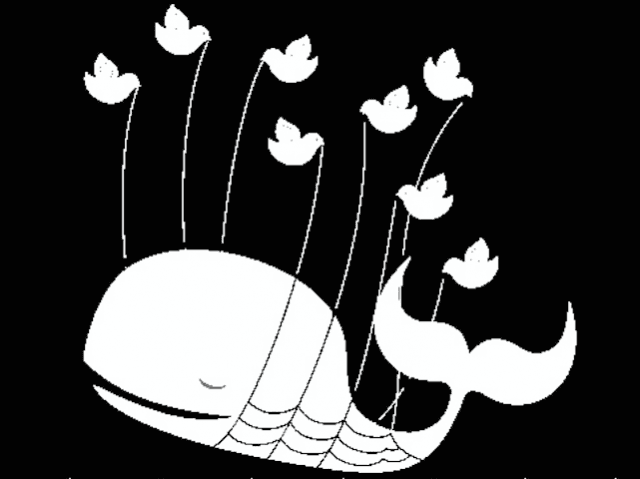Gaining the worldwide rights to stream 10 NFL Thursday Night games is a positive for Twitter, but it does not address the erosion of its Monthly Average User (MAU) numbers, and competition from Facebook, YouTube and WeChat.
It has been six weeks since Twitter (NYSE:TWTR) negotiated a $1 million-per-game deal for the global rights to stream NFL games. Silicon Valley venture capital firms claim the deal with the most popular sport in America will demonstrate that social networks can take market share from cable TV in their highest-value category — live sports.
Twitter followed up on May 24 with an announcement that over the coming months, the company will allow posting videos, photos and other media not to count against the company’s rigid 140-character limit.
But the new rules caused tech analysts at MoffettNathanson to downgrade “TWTR” stock to “sell,” sending the price to an all-time low of $13.72 per shapre. MN warns: “Twitter is suffering from user fatigue, and it also notes that advertiser fatigue is also present.”
Twitter’s cost for the NFL streaming rights is peanuts compared to the $450 million in fees and royalties paid by CBS/NBC for the annual pro football package. Twitter associating with the NFL has upside if it produces 1 million new users and serves as a conduit for Twitter to premier new features to a wider base.
Sports organizations, like the NFL, are vigorously trying to ensure that all potential viewers can gain real-time access to their events, given that the Nielsen audience rating service found that 95% of total sports program viewing happens in real-time. Although TV networks claim can achieve a goal of “TV everywhere,” the U.S. cable ecosystem is a patchwork of locations that is not conducive to mobile audiences.
The Twitter deal follows the NFL selling rights in 2015 to Yahoo (NASDAQ:YHOO) to stream a single game. The experiment produced 15.2 million viewers and 33.6 million video streams, but Yahoo obviously lost money.
Twitter has only bought the “digital rights” to the games, so TV rights still belong to the broadcasters and the NFL Network. Of the 70 potential advertising slots available for sale during each NFL games, Twitter will only be allowed to sell 15-20 ads.
Twitter’s marketing types have been praising the deal as an effort to move the company beyond posting content from journalists, politicians and celebrities to building social media engagement with the sports “ethosphere.”
Twitter Chief Financial Officer Anthony Noto suggests that success with the NFL games will lead to more video deals that could include other professional sports, proprietary political content, and eventually a stable of live entertainment.
But pioneering a new business model where social media firms purchase high-priced content is substantially different than YouTube’s strategy of embracing a roster of its “site-grown” stars, while Netflix and Amazon create their own original dramas using top Hollywood talent.
In sum, the NFL deal will definitely drive new users onto Twitter’s platform. But it is unclear how the company expects to address its declining MAU and engagement growth, since logging in to a streaming NFL game on Twitter does not require opening the Twitter social media message feed.

COMMENTS
Please let us know if you're having issues with commenting.